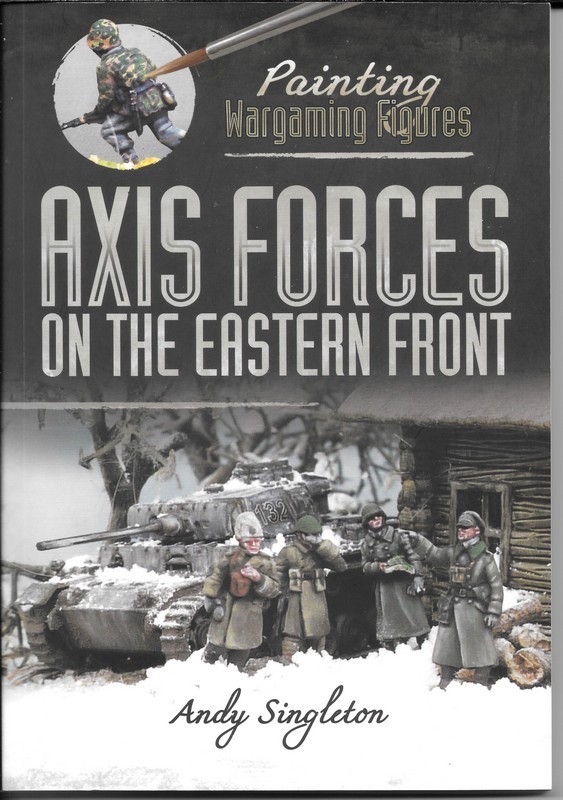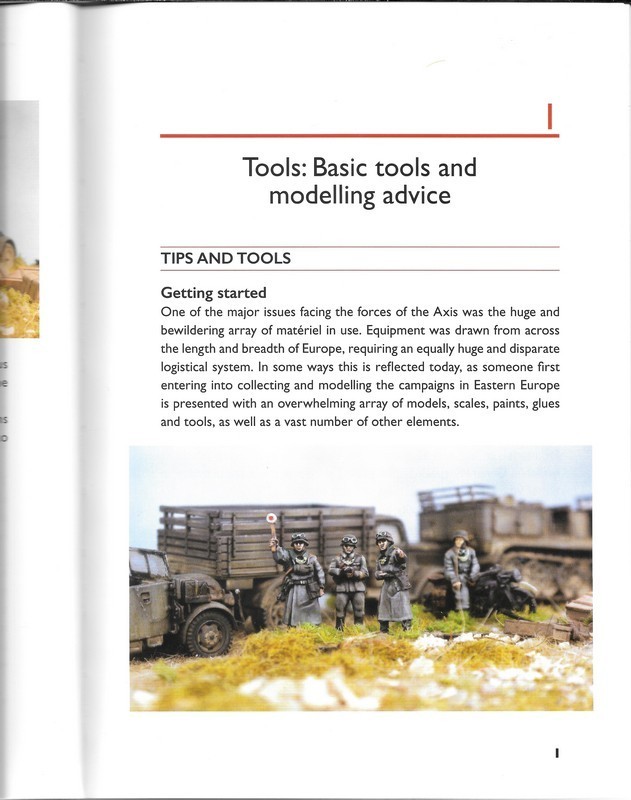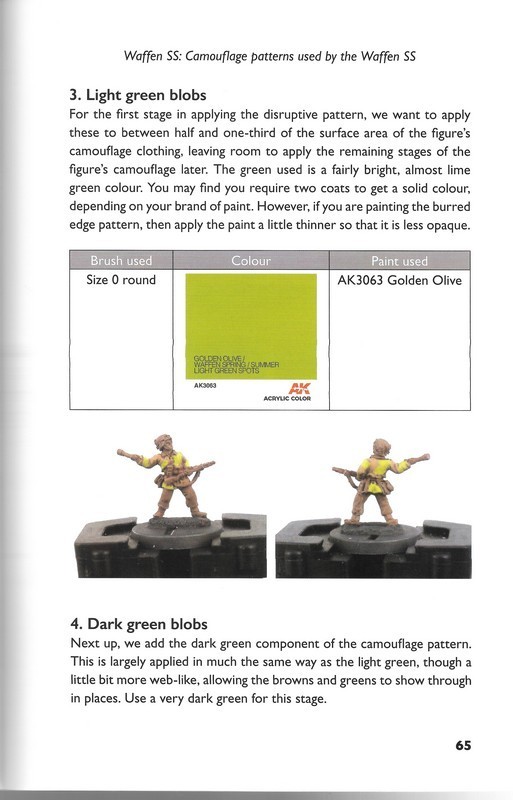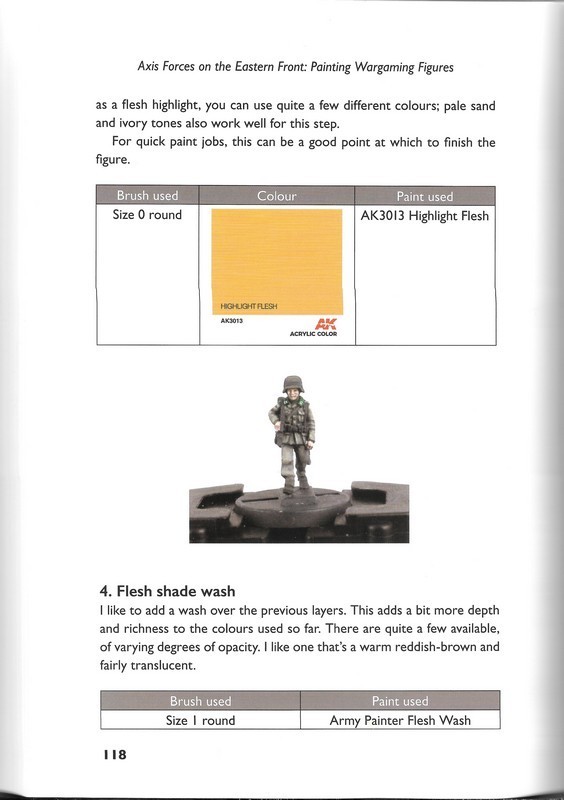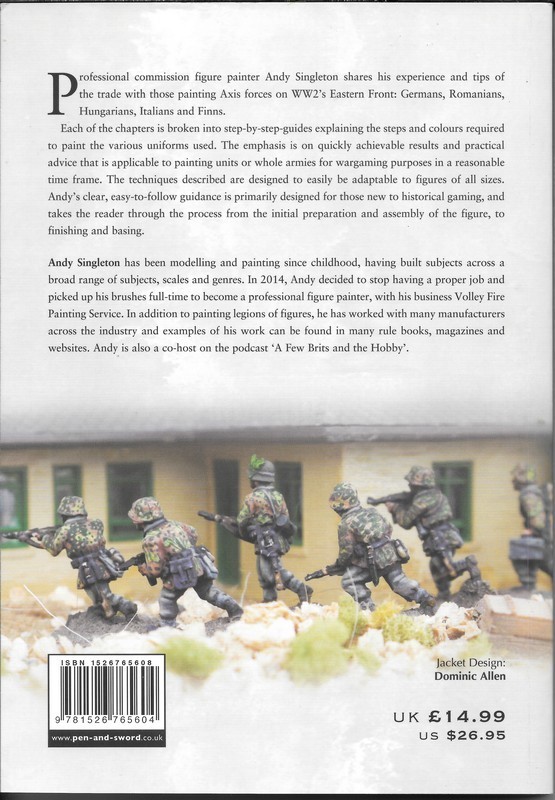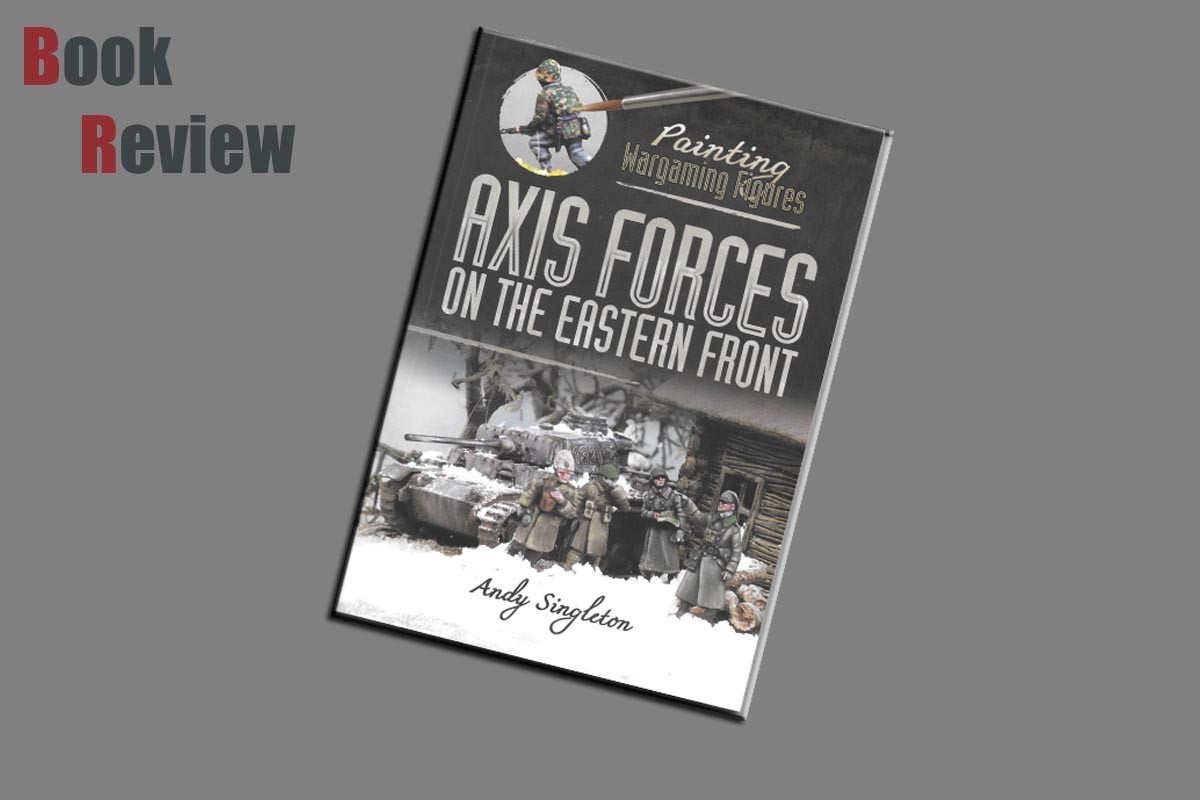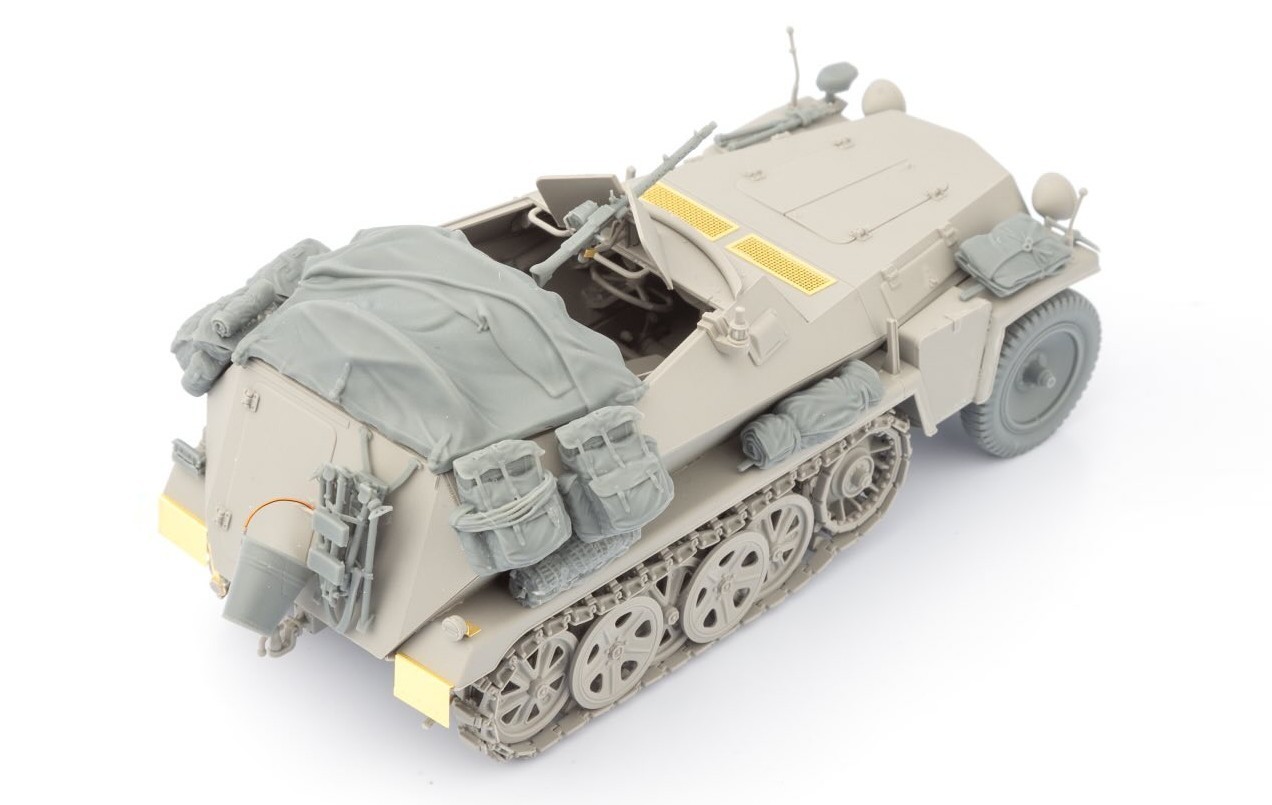Brief History
The Eastern Front of World War II was a theatre of conflict between the European Axis powers against the Soviet Union (USSR), Poland and other Allies, which encompassed Central Europe, Eastern Europe, Northeast Europe (Baltics), and Southeast Europe (Balkans) from 22nd June 1941 to 9th May 1945. It was known as the Great Patriotic War in the Soviet Union and some of its successor states, while everywhere else it was called the Eastern Front.
The battles on the Eastern Front of the Second World War constituted the largest military confrontation in history. They were characterised by unprecedented ferocity and brutality, wholesale destruction, mass deportations, and immense loss of life due to combat, starvation, exposure, disease, and massacres. Of the estimated 70–85 million deaths attributed to World War II, around 30 million occurred on the Eastern Front, including 9million children. The Eastern Front was decisive in determining the outcome in the European theatre of operations in World War II, eventually serving as the main reason for the defeat of Nazi Germany and the Axis nations
The two principal belligerent powers were Germany and the Soviet Union, along with their respective allies. Though never sending inground troops to the Eastern Front, the United States and the United Kingdom both provided substantial material aid to the Soviet Union in the form of the Lend-Lease program along with naval and air support. The joint German–Finnish operations across the northernmost Finnish–Soviet border and in the Murmansk, region are considered part of the Eastern Front. In addition, the Soviet–Finnish Continuation.
Review
This is a softback book from publishers Pen and Sword it has a glued spine and Pagination 134.
Author Andy Singleton has been modelling and painting since childhood, having built models and figures across a broad range of subjects, scale and genres. In 2014 Andy decided to stop having a proper job and picked up his brushes full-time to become a professional figure painter, with his business Volley Fire Painting Service. In addition to painting legions of figures he worked with many manufacturers across the industry and examples of his work can be found in many rule books, magazines and websites. Andy is also a co-host on the podcast ‘A Few Brits and the hobby.
Contents
Introduction vii
Chapter 1 Tools: Basic tools and modelling advice 1
Chapter 2 Wehrmacht Uniforms: most uniforms used by the German Military
and associated camouflage patterns. 27
Chapter 3 Waffen SS: Camouflage patterns used by the Waffen SS 59
Chapter 4 Italy: Italian forces on the Eastern Front 1941-43 77
Chapter 5 Romania: Romanian forces on the Eastern Front 1941-44 85
Chapter 6 Hungary: Hungarian forces on Eastern Front 1941-45 95
Chapter 7 Finland: Finish forces 1934-45 105
Chapter 8 Skin: Tips for painting skin tones 115
Chapter 9 Basing: Basic advice covering environments of the Eastern Front 125
Review
When Operation Barbarossa began in 1941, it heralded the start of one of the most apocalyptic conflicts in history. Four years of war would see millions, dead, and vast swathes of cities and land destroyed. The fighting stretched from the frozen plains over thousands of personnel and tanks clashing in barely comprehensible numbers!
Starting with tools Andy Singleton sets the scene for the book by explaining about the huge amount of materials were used from the length and breadth of Europe, requiring an equally huge logistical system.
He explains the different types of material used in making the soldiers for the wargaming from plastic, metal, and resin before explaining the tools used which include knifes, needle files, Side cutters, glues, filler, paints, paint brushes and varnish. During the tools section one thing caught my eye which was a scale converter which gave you the figure size a ratio scale and model railway scale.
Wehrmacht Uniforms Feldgrau, or field grey in English, is a slightly misleading term used to describe a greyish-green tone used to dye the wool used by Germans for uniform production in the Second World War.
One of the best bits about this book is the number of pictures you have to be able to see just how these figures are painted, along again with a chart which shows you the paint brush used (size and description)the picture of the colour used with the id number of said paint in this caseAK3141 Field Grey Base this being the first part of the painting.
It carries on in the same fashion all the way through the book which makes it easy to follow, early tunic and greatcoat and explains about the reversible winter clothing again showing you the colours used as well as well as brush size and paint id
Panzer black uniform the double-breasted tunic worn by the German tank crews and the armoured car crews. Although being the easiest of painting to do but he shows you how highlight and lo-lights.
German army and Luftwaffe camouflage which the Germans used a bewildering array of camouflage garments these include Splinter pattern, Brown disruptive pattern, green camouflage, Raindrops, (this is very much an optional step and I’d probably avoid it with 15mm figures or smaller) Marsh pattern, Green disruptive camouflage, White snow camouflage.
Waffen SS camouflage patterns used by the SS, SS-Platanenmuster or plane tree some of the Waffen SS camouflage looks very difficult to achieve especially the SS-Eichenlaubmuster or Oak Leaf, SS-Erbsenmuster or Pea Dot 44, that said with each step being shown it makes it much easier to attempt and finish.
Italian forces, Romanian forces, Hungarian forces, Finish forces, all of these follow on in the same way and pattern making it very much easier for you to be able to paint your forces but to make them recognisable.
The last two chapters I found useful tips for painting skin tones, the face and hands are hugely important areas of a figures to get looking right as they convey so much of a figure’s narrative. This book goes into detail again in the same way as the painting guide goes and will help you to be able to achieve high standards to your figures
Lastly Basing advice covering all the environments of the eastern front I did find this one very useful and looking at dioramas which I love to build it is the same as the bases just a bigger scale and area. Being the Eastern front and we already know from history that the winters are not just harsh but potentially lethal, so Andy Singleton goes through all of the environments from swamps to cities, to the frozen plains and muddy villages, and with temperatures ranging from 40degrees in the summer to -45 degrees in the winter.
Conclusion
This offering from Pen and Sword written by Andy Singleton I found to be invaluable with all the guides to painting some fascinating figures, albeit small gamming figures to the large-scale figures and busts for this subject it is a must. This could be a great book to have to refer to when making a diorama a large-scale diorama or even a vignette, for painting axis forces everything is in here apart form a paint conversion should you not like or get on with AK paints, but I know of a few online that way with the colour frame showing you the exact colour. It makes it very easy to be able to use you’re preferred paints. I have thourghly enjoyed this book and with three of his fantastic guidebooks done this is by far the best one, yet I only hope that further books like this from Pen and Sword and in particular from Andy Singleton showing you everything you need to know on how to paint figures, I will personally keep my fingers crossed. As for this book I recommend it to any body interested in modelling and painting, especially the Axis Forces. A truly fantastic book.
